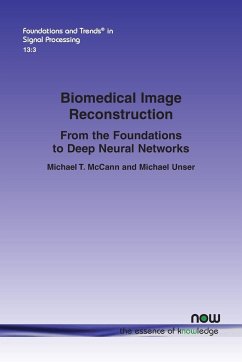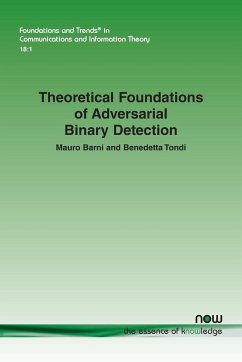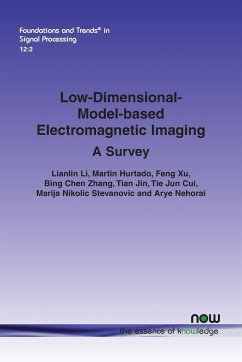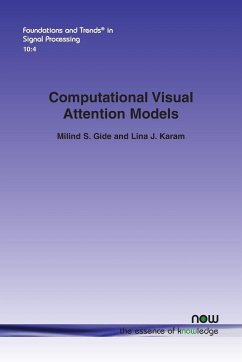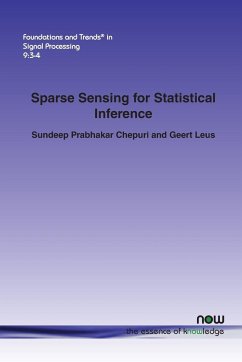Biomedical imaging is a vast and diverse field. There are a plethora of imaging devices using light, X-rays, sound waves, magnetic fields, electrons, or protons, to measure structures ranging from nano to macroscale. In many cases, computer software is needed to turn the signals collected by the hardware into a meaningful image. These computer algorithms are similarly diverse and numerous. This survey presents a wide swath of biomedical image reconstruction algorithms under a single framework. It is a coherent, yet brief survey of some six decades of research. The underpinning theory of the techniques are described and practical considerations for designing reconstruction algorithms for use in biomedical systems form the central theme of each chapter. The unifying framework deployed throughout the monograph models imaging modalities as combinations of a small set of building blocks, which identify connections between modalities Thus, the user can quickly port ideas and computer code from one to the next. Furthermore, reconstruction algorithms can treat the imaging model as a black. box, meaning that one algorithm can work for many modalities. This provides a pragmatic approach to designing effective reconstruction algorithms. This monograph is written in a tutorial style that concisely introduces students, researchers and practitioners to the development and design of effective biomedical image reconstruction algorithms.

